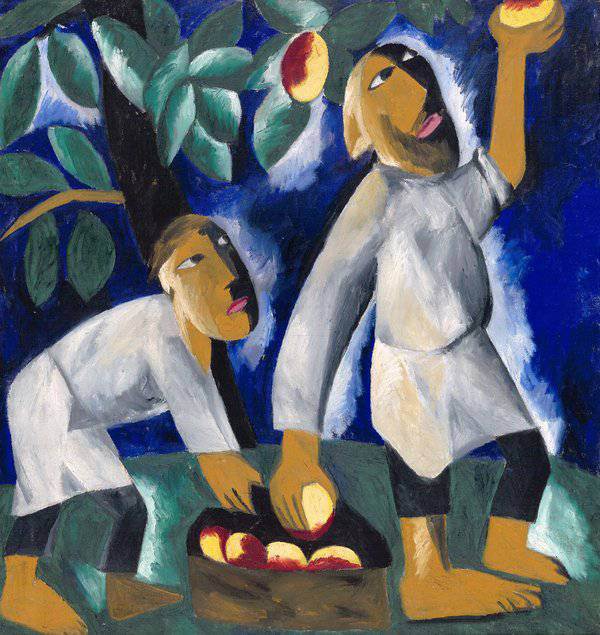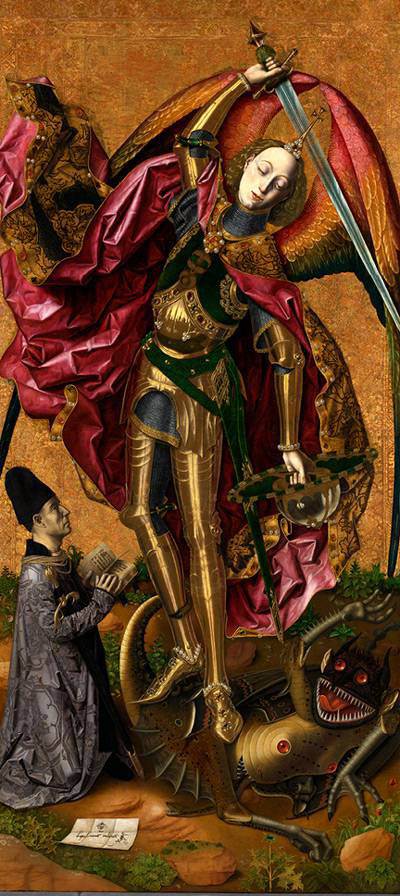
Julie Becker. Researchers, Residents, A Place to Rest (detail). 1993-1996. Mixed-media installation. Dimensions variable. Installation view, Julie Becker: I must create a Master Piece to pay the Rent, The Institute of Contemporary Arts, London, 2018. Courtesy Greene Naftali, New York, ICA, London, and MOCA, Los Angeles. Photo: Mark Blower.
Julie Becker: exhibition at MoMA PS1 ‘I must create a Master Piece to pay the Rent’ is the first museum survey exhibition devoted to the work of Julie Becker (American, 1972–2016), on view at MoMA PS1 from June 9 through September 2, 2019.]]>
Source: MoMA PS1
Inspired by the psychological, cinematic, and physical geographies of her hometown of Los Angeles, Becker produced a rarely-seen body of installations, sculptures, drawings, photographs, and videos immersed in the human psyche’s formulation of truth, fiction, and myth.
First presented at the Institute of Contemporary Arts, London in 2018, the exhibition features an expanded presentation of Becker’s work, including the artist’s formative installation “Researchers, Residents, A Place to Rest (1993-1996), a large architectural complex created while she was a student at Cal Arts. This major piece is joined by more than 60 photographs, works on paper, video installations, and sculptures. The exhibition also features the largest group of works to be shown together from Whole (1999–), a multimedia project that was still ongoing at the time of the artist’s death. These works center on a run-down home in the Echo Park neighborhood of East Los Angeles that the California Federal Bank let the artist rent cheaply on the condition that she remove the belongings of the former tenant, who had passed away from AIDS-related complications.
At turns embellishing or skewering the idylls of the 20th-century American dream, Becker’s singular aesthetic visions articulate the fantasies, nightmares, and dispossessions underpinning the social imaginary of late capitalism, with special emphasis on the loneliness and estrangement that results from social inequity. Drawing from sources as diverse as Stephen King’s “The Shining, Kay Thompson’s children’s book “Eloise, and Disney’s “The Gnome-Mobile”, Becker found inspiration in the Lifetime television network, and popular lore about the karmic convergences between MGM’s 1939 musical fantasy “The Wizard of Oz and Pink Floyd’s “The Dark Side of the Moon”.
Related content
‘Projects 107: Lone Wolf Recital Corps’ at MoMA (exhibition, 2017)
Follow us on:


